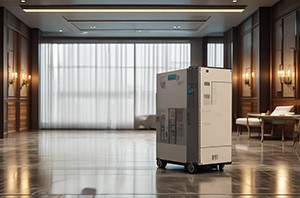Improved efficiency and accuracy:
The full-scale consumer and member merchant identification model significantly improves the efficiency and accuracy of selection.
Strengthened risk control measures:
Especially during major promotional events such as Double Eleven, risk control measures are strengthened to protect consumer rights and interests.
Promoted information sharing:
By sharing risk control results with risk control BPs, industry information sharing and cooperation are promoted.
Business development guarantee:
The automated operation model provides a reliable risk prevention and control guarantee for business development.
 Smart Vision
Smart Vision Shenzhou Kuntai & Smart Vision Integrated GenAI Suite
Shenzhou Kuntai & Smart Vision Integrated GenAI Suite Data Asset Accounting
Data Asset Accounting Data Security Control Platform
Data Security Control Platform Shenzhou Yanyun Integrated Solutions
Shenzhou Yanyun Integrated Solutions Cloud Management Services
Cloud Management Services AI Computing Power Servers
AI Computing Power Servers Storage Products
Storage Products Low-Altitude Solution
Low-Altitude Solution RaaS Operation Service Solution
RaaS Operation Service Solution



